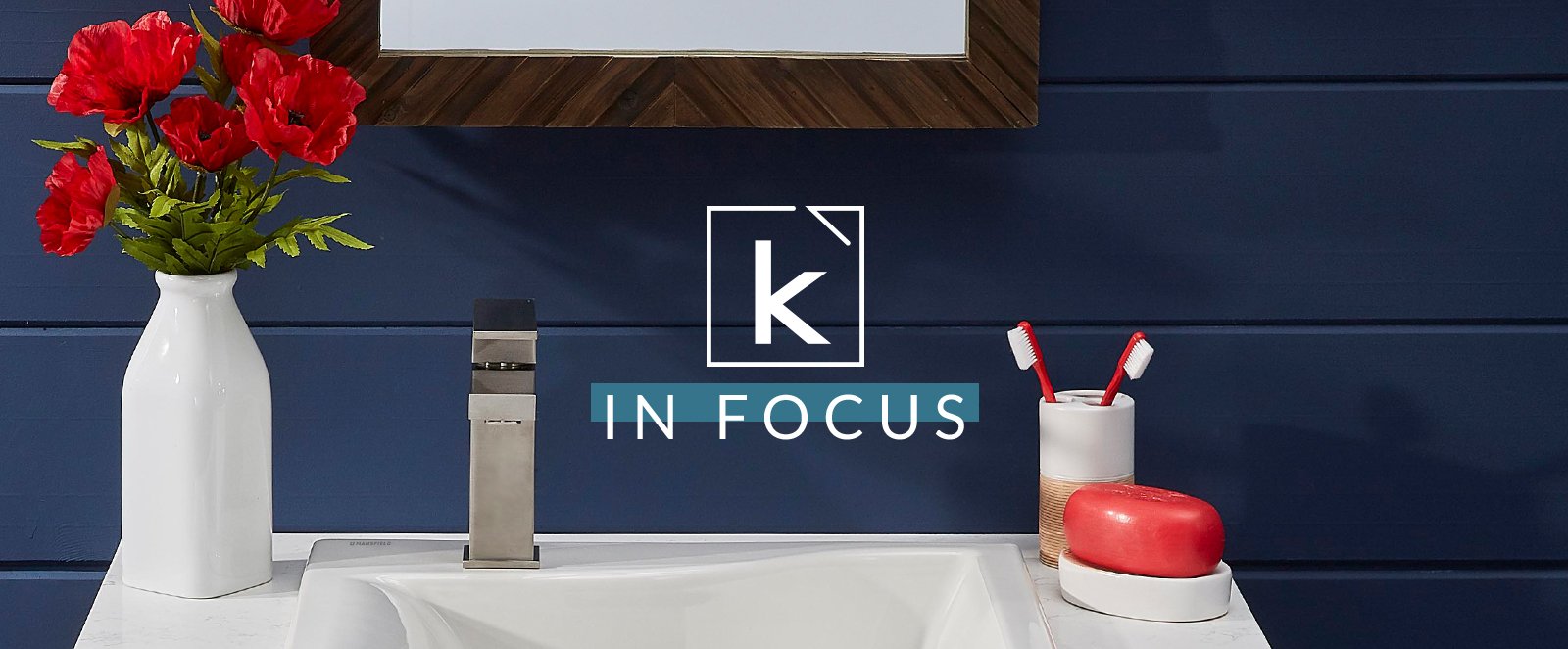
CGI (computer-generated imagery) represents both the present and the future.
We recently outlined the benefits of integrating CGI into your marketing mix, taking a look at some of the high-level advantages and takeaways. Those include (but are not limited to) achieving photorealism, offering a customizable shopping experience, and the ability to build a bank of CGI assets for use in future content, like AR experiences.
Creating life-like experiences
Among those main takeaways is the ability to create a customizable and interactive customer experience. As we’ve covered previously, customers—now more than ever— want a personalized, real-life shopping experience online, and CGI enables brands to display products in a realistic setting that makes shoppers feel like they’re right there in the room. And, they don’t even need to leave their homes to do it. In fact, they just need to open their phones.
This blog is an extension of those themes. We’ll look at how CGI and 3D modeling bring products to life, and in particular, focus on how we partnered with a well-known brand to build CGI models for products compliant with the Americans With Disabilities Act (ADA), then created assets to help them showcase those products to customers who need them.
CGI can be about so much more than colors, finishes, settings, and configurations. This technology gives you the ability to market products that have life-changing implications. It even allows you to offer underserved audiences the authentic, real-life, and customizable shopping experiences that many of us take for granted.
That’s how you make an impact with your marketing.
Partnering with Elkay
Elkay manufactures sinks, faucets, and other water delivery products. When the company approached us to talk about building a shopping experience for its ADA-compliant offerings, CGI was our solution.
Elkay’s objective is to offer a “full line of products that comply with the requirements as specified by the Americans with Disabilities Act. Designed to comply with every aspect of the ADA Accessibility Guidelines, these products make it easier for businesses, schools, and healthcare facilities to meet the requirements of federal law by equipping sites with products that make facilities accessible to everyone.”
Recognizing that, we set out to deliver an experience using CGI that brought Elkay’s products to life and created a customized offering for customers and businesses looking for ADA-compliant solutions.


These images help visualize what CGI modeling can achieve, particularly as it applies to ADA-compliant products. We can place different products in different settings and customize for the application (in the examples above, residential sinks that are wheelchair-friendly).
Customizing those products in an at-home setting is even more important, as customers want to see the product in a variety of environments. CGI enables you to give them as realistic a look as possible, and it provides affirmation that you’ve got their best interests in mind—no matter the requirement.
After seeing how we partnered with Elkay to bring its products to life, let’s revisit some of the benefits of CGI modeling.
Say goodbye to logistical headaches
In the case of Elkay, it could have been operationally difficult (and quite expensive) to ship multiple pieces back and forth, then build sets and shoot the products. CGI removes those hurdles; we can build images of products using engineering files. This also comes in handy when you need assets for products that have yet to be released or installed in an actual environment.
Get ahead of emerging trends
Your customers expect you to be ready—even ahead of the curve. CGI allows you to do that, because an enriched shopping experience should not be considered a luxury. The audience—especially one with needs as critical as those the ADA is designed to support—is telling you that it’s a necessity.



